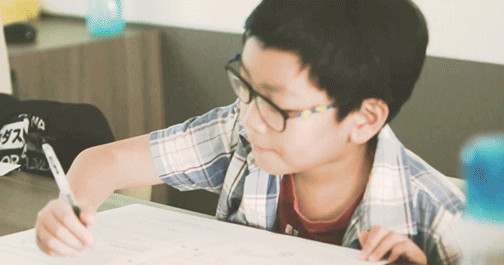As the SA1s approach, consolidating content knowledge and reviewing exam techniques will prove essential to maximising your child’s performance.
Lower primary students may find it difficult to face school examinations such as the upcoming SA1s. If your child is in Primary 3, he or she will have to tackle Science as a new examinable subject.
How do you, as a parent, then ensure that your child has adequate academic support leading up to the examinations?
"Revision is an important process during which your child should not only consolidate the knowledge he or she has learnt the past term but also look through his or her previous papers to identify past mistakes — it offers young learners an opportunity to gain confidence for the exams."
— Ms Sue Lynn Lee, Academic Director for the Lower Primary Programmes at TLL, United Square
Young learners may find it difficult to face school examinations. After all, working against the clock to complete all the given questions can be challenging.
One way to ease such potential anxiety is to let your child to read through his or her past work. This is a good way to remind your child that he or she has learnt all the relevant content for the upcoming exam.
Set aside time to look through the exam papers together with your child to help him or her identify specific challenges that may have arisen during the English, Mathematics and Science papers.

Additionally, do not forget to go through your child's corrections with him or her. By reviewing your child's mistakes, it ensures that your child understood the mistakes that were made. This is better than just copying the corrected answers blindly from his or her teachers without fully understanding what went wrong.
Some of the common pitfalls lower primary students may encounter at the SA1s include:
1. English Composition Writing: Plot is not logical.
Top Tip: Plan your plot on a story curve and constantly think about whether it would occur in real life.
2. Math Short-answer Questions: Transfer error — filling in wrong values from the question.
Top Tip: Write the value of each variable in the question. Show number sentence and check that you have transferred the correct number before computing.
3. Science Free Response Questions: Giving an incomplete answer.
Top Tip: Revise past work to familiarise yourself with the phrasing or points needed for a complete answer.
Your child’s revision plan is important. Smart revision only works when you are able to make a plan and follow it with discipline.
This doesn’t mean that you study for hours on end or that you stop yourself from enjoying some leisure time. It means that you make a decision to commit to your revision plan and to be strategic about the way you revise for the SA1 exams.
For example, instead of glancing through your past Math problem sums, you stick to your plan of identifying which heuristics you’ve used both correctly and incorrectly. Or, for example, instead of reading model essays, you analyse them to pick out good examples of writing techniques like dialogue tags or the use of flashback.
Inculcating the good habit of setting a revision plan can help your child to manage exam stress.
Read More: 5 Things Your Child Needs To Do Before The Exam
TLL curriculum specialists have crafted a series of SA1 revision guides that will help you and your child tackle some of the common challenges students face in their examinations. Remember to keep these top tips in mind!
Enrol your child in one of our core programmes and let your child take the first step to excel at his or her school work today.
Learn more about nurturing the love of learning in your child by visiting www.thelearninglab.com.sg or calling us at 6733 8711.